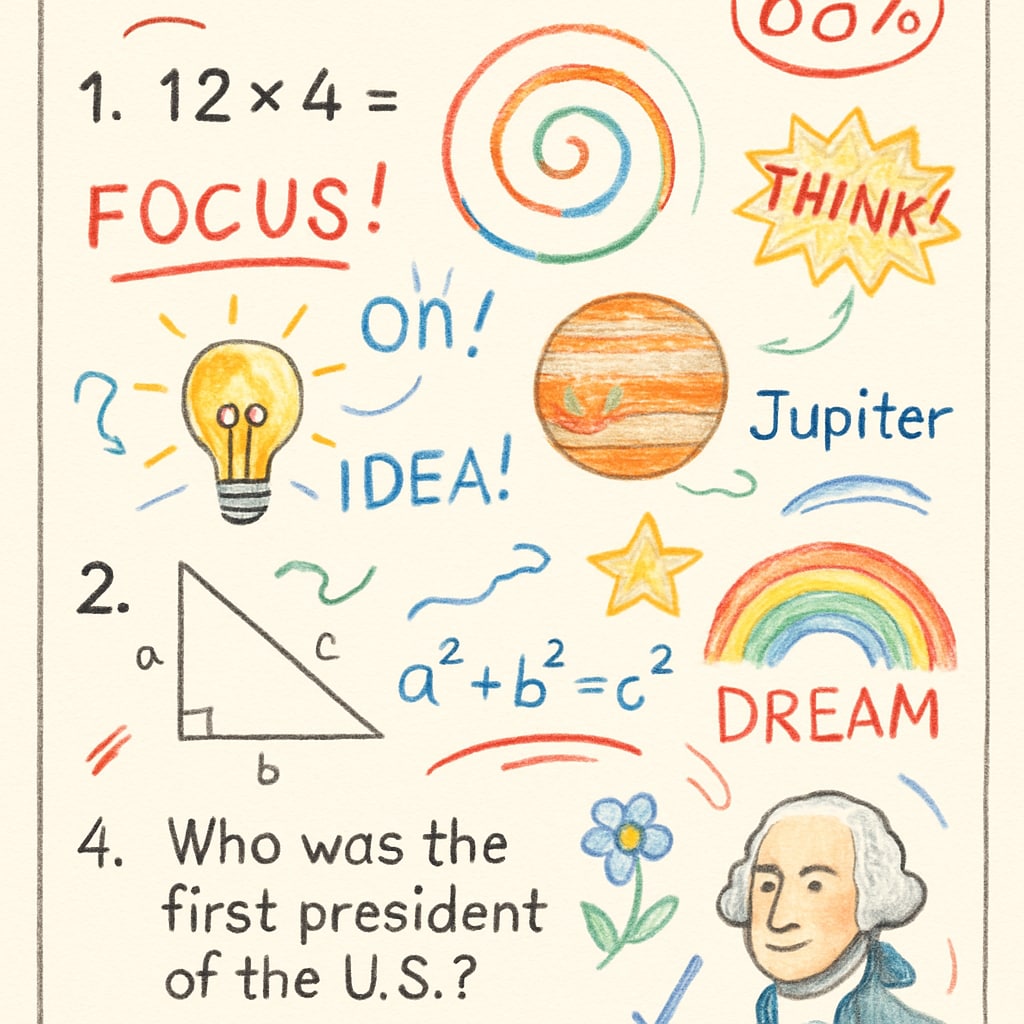Gifted programs aim to nurture exceptional talent and provide specialized education for students who demonstrate significant intellectual or creative abilities. However, the current selection processes often rely heavily on standardized tests and short-term academic performance. As a result, students with ADHD (Attention Deficit Hyperactivity Disorder) and other non-traditional learning patterns are frequently overlooked, despite their extraordinary potential. This article explores how such selection mechanisms inadvertently exclude ADHD students and proposes strategies to create a more inclusive educational environment.

Understanding ADHD and Its Impact on Learning
ADHD is a neurodevelopmental disorder characterized by inattention, hyperactivity, and impulsivity. While these traits may pose challenges in traditional classroom settings, they can also be associated with remarkable creativity, problem-solving skills, and divergent thinking. For example, studies have shown that individuals with ADHD often excel in fields requiring innovation and out-of-the-box thinking (ADHD on Britannica).
Despite these strengths, ADHD students frequently struggle with standardized tests, which prioritize rote memorization and linear problem-solving. Their unique abilities may not align with conventional assessment criteria, leading to systemic exclusion from gifted programs that rely on such measures.
Challenges in Gifted Program Selection
Gifted program selection often involves a combination of standardized test scores, teacher recommendations, and classroom performance. While these methods aim to identify high-achieving students, they can inadvertently favor those with traditional learning styles while disregarding neurodiverse individuals.
- Standardized Tests: ADHD students may perform inconsistently due to difficulties with sustained focus, even if their overall intellectual capacity is above average.
- Behavioral Bias: Teachers may misinterpret ADHD-related behaviors, such as impulsivity or restlessness, as a lack of discipline rather than indicators of creativity or intelligence.
- Short-Term Performance: ADHD students often display fluctuating academic performance, making it harder for evaluators to recognize their long-term potential.

Recognizing ADHD Students’ Potential
To ensure gifted programs are inclusive, educators and administrators must adopt broader evaluation criteria that account for diverse learning styles. Here are several approaches:
- Holistic Assessment: Incorporate creativity tests, project-based evaluations, and long-term observations alongside standardized exams to capture ADHD students’ strengths.
- Training Educators: Provide professional development on neurodiversity to help teachers recognize the unique talents of ADHD students.
- Parental and Peer Insights: Include feedback from parents and peers, who may be more attuned to the student’s innate abilities.
- Flexible Criteria: Develop flexible benchmarks that prioritize potential and growth over short-term performance.
Conclusion: An Inclusive Future for Gifted Education
ADHD students possess remarkable talents that often go unnoticed in traditional educational frameworks. By reevaluating the criteria for gifted program selection and embracing neurodiverse capabilities, schools have the opportunity to foster a more inclusive environment that nurtures all forms of genius. As a result, these students can thrive and contribute their unique perspectives to society.
For educators and policymakers, the challenge is clear: redefine “giftedness” to reflect the diverse ways intelligence and creativity manifest. By doing so, we can ensure that every child, regardless of their learning style, has access to the resources they need to succeed.
Readability guidance: Use short paragraphs and clear subheadings to guide readers. Highlight actionable insights with lists and avoid jargon-heavy language. Ensure consistent use of transition words like “however,” “in addition,” and “as a result.”


